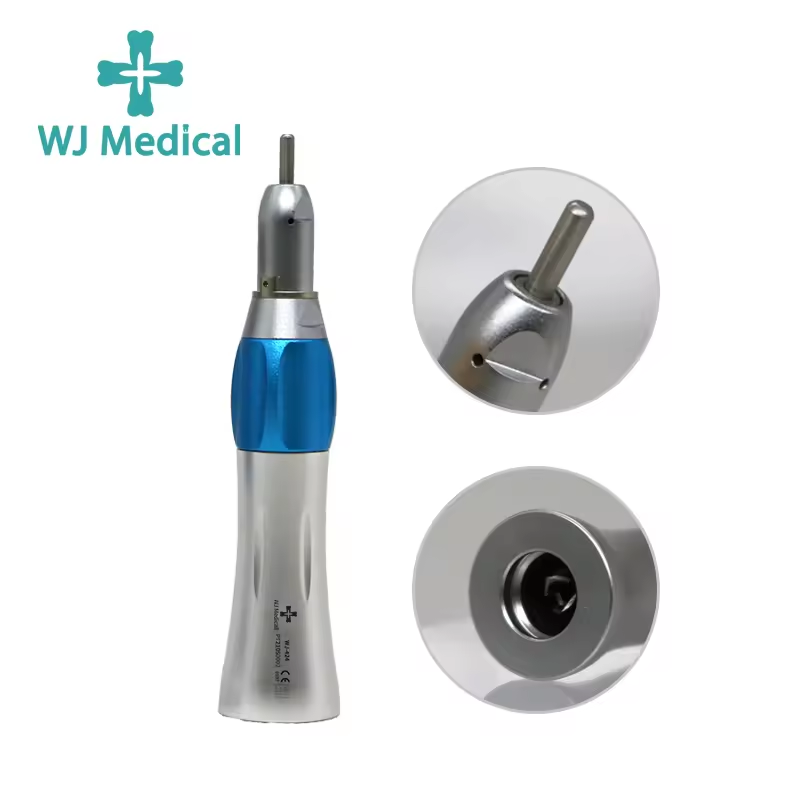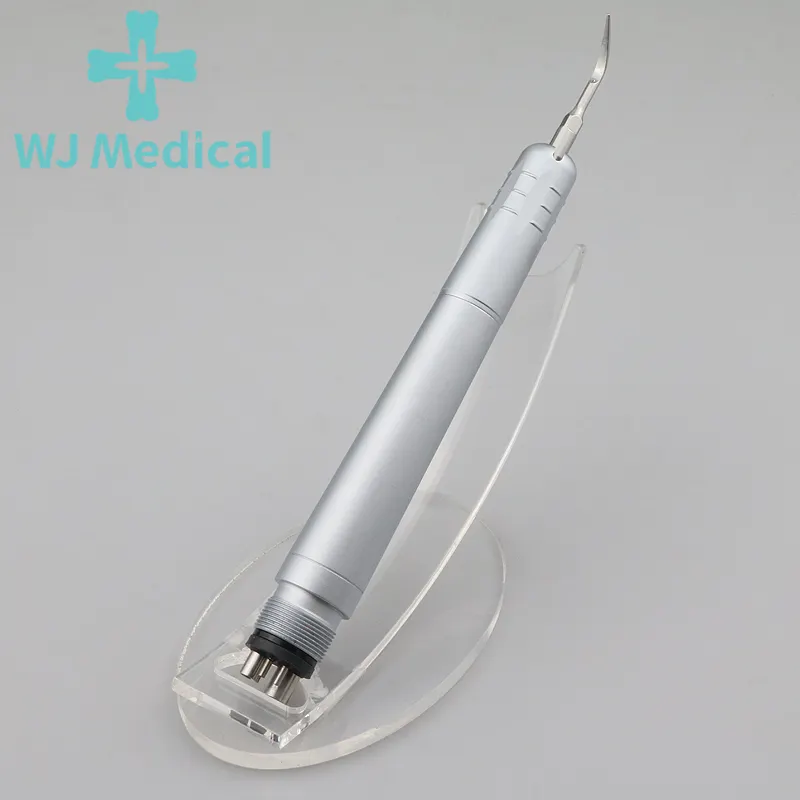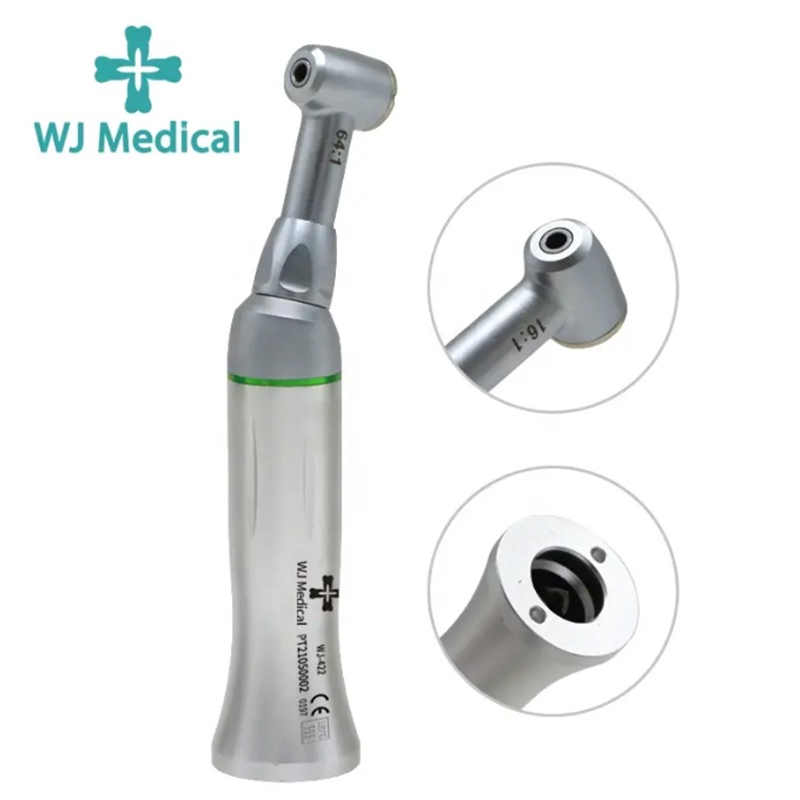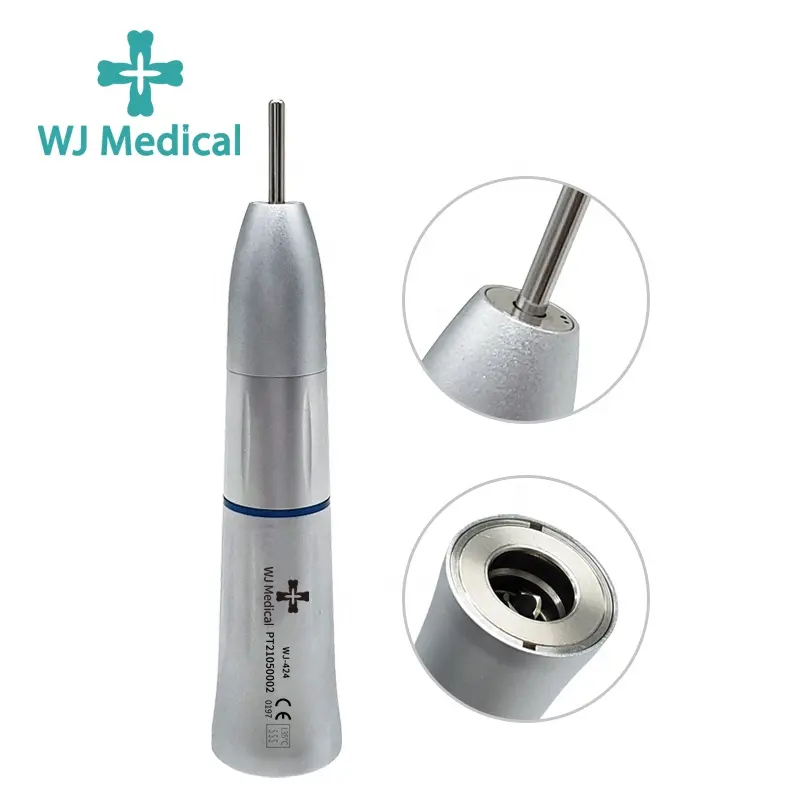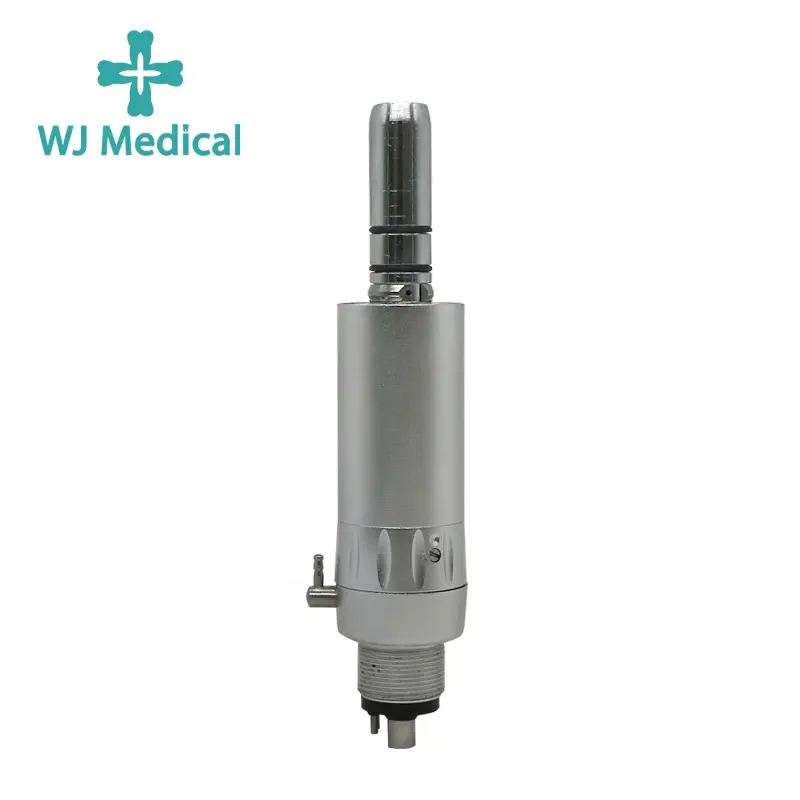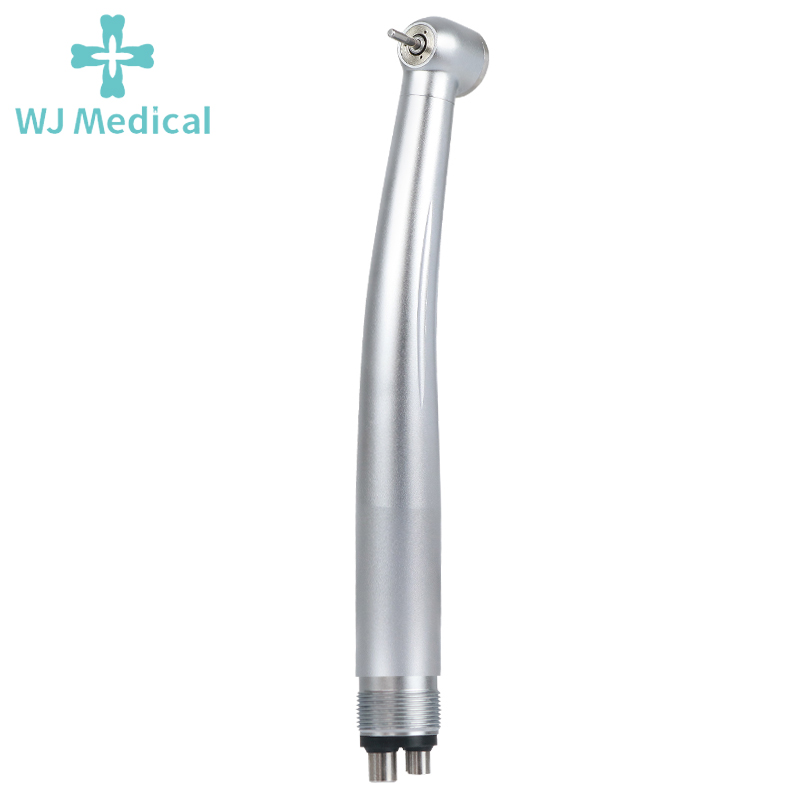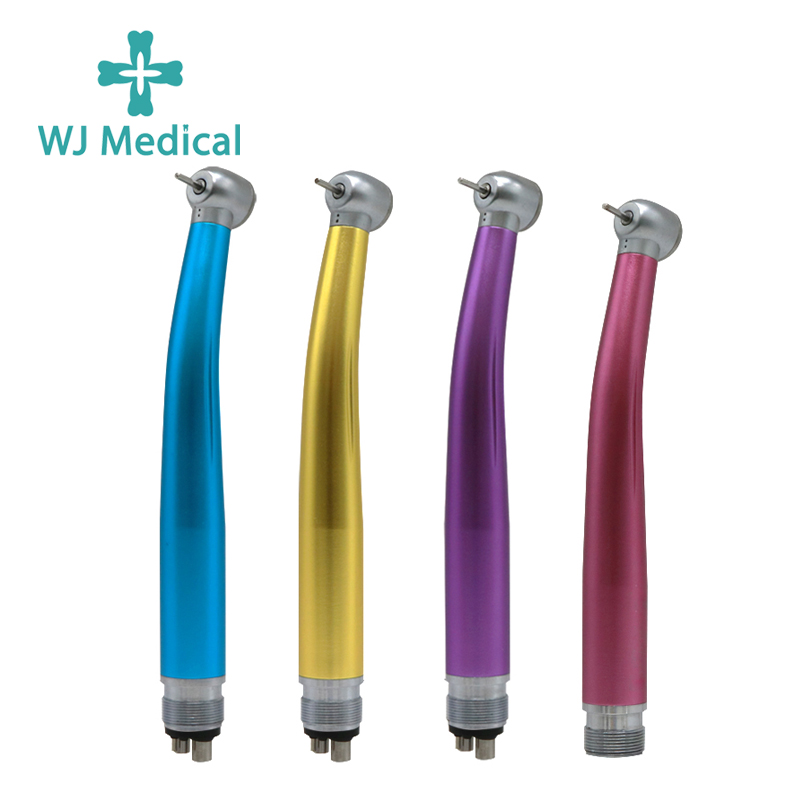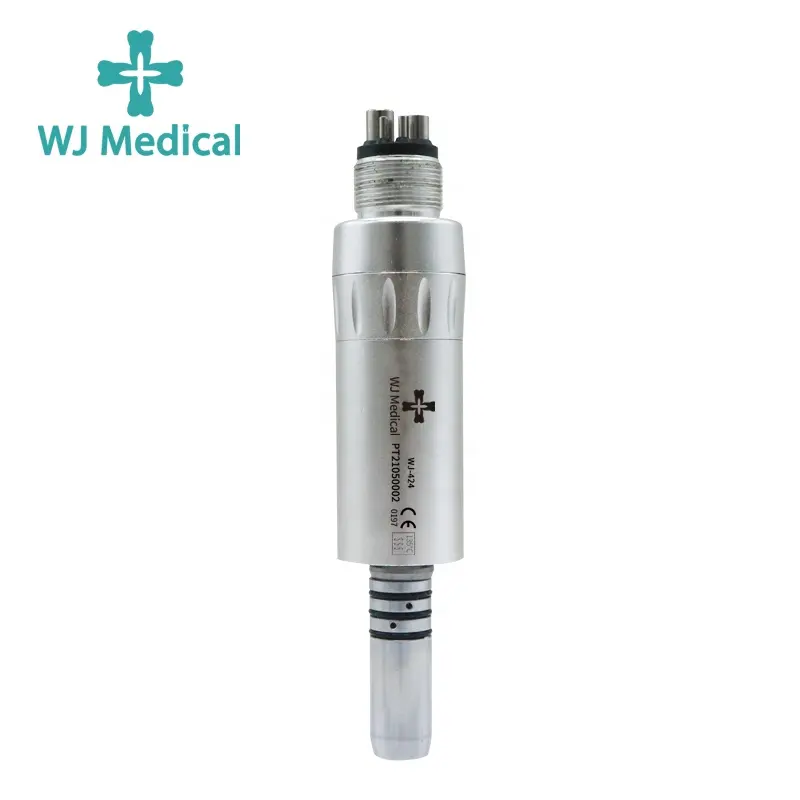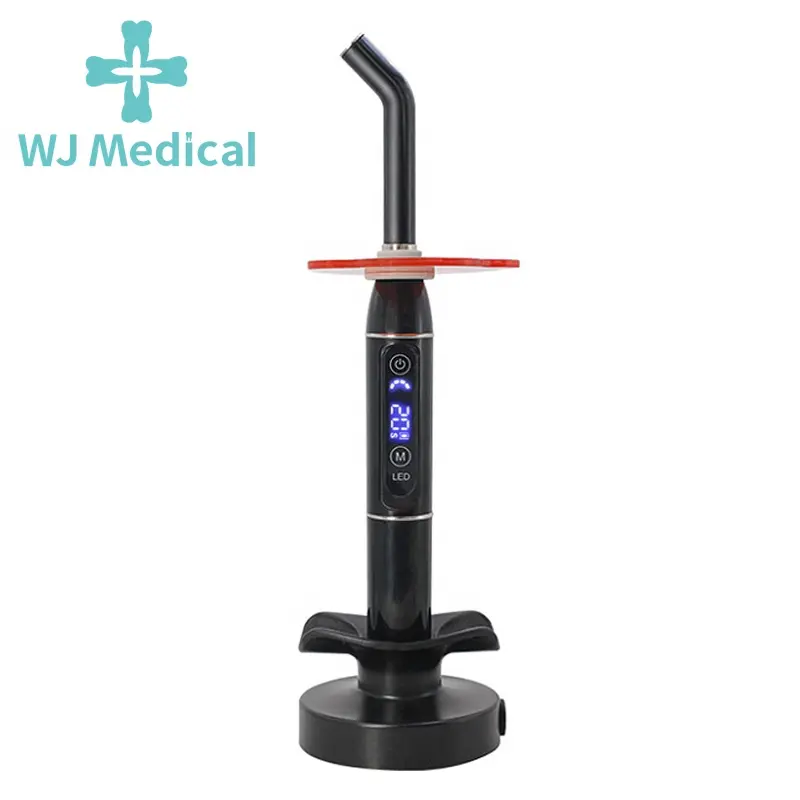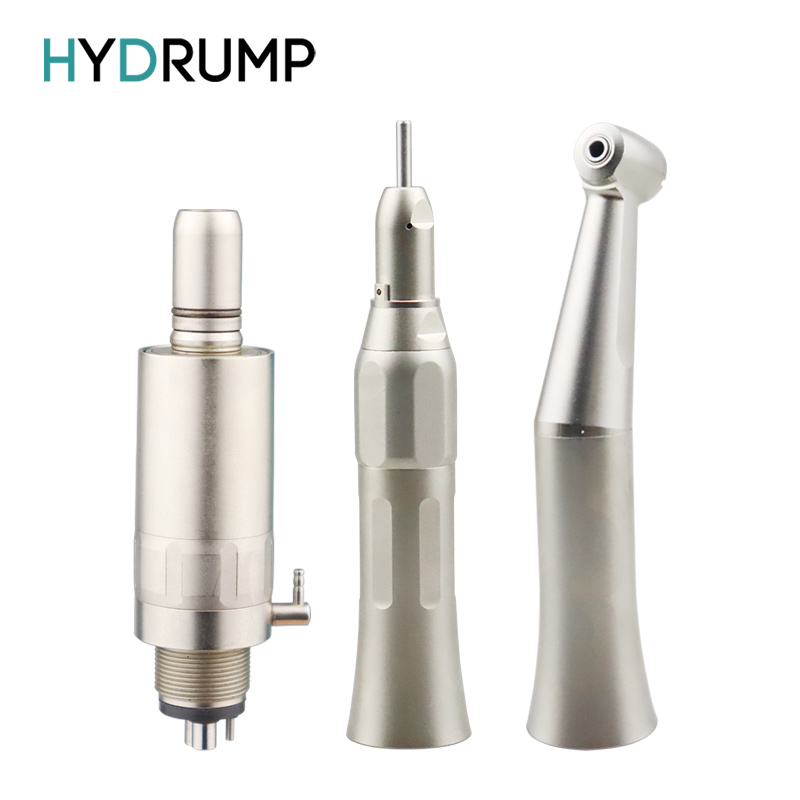What are the different types of dental micromotors?
Dental micromotors, also known as dental low-voltage electric motors, are precision tools commonly used in dental treatment. They are designed to provide a high degree of control and precision, making them ideal for various dental procedures. The following are some different types of dental micromotors:
Electric Micromotors for General Dental Use:
These micromotors are typically designed for general dental procedures such as polishing, cleaning, and cutting.
They often have a speed range that allows dentists to adjust the RPM (revolutions per minute) to suit the specific needs of the procedure.
Examples include the TKD Electric Micromotors, which have a speed range of 2000r/min-40000r/min and are used to drive dental handpieces.
High-Speed rpm35000 Micromotors:
High-speed micromotors are designed for procedures that require faster cutting or drilling, such as preparing teeth for crowns or bridges.
They may have speeds exceeding 35,000 RPM and are often equipped with advanced cooling systems to prevent overheating.
Products like the portable dental 35000 rpm nail drill micromotor are examples of high-speed micromotors used in dental settings.
Brushless Micromotors:
Brushless micromotors are known for their high efficiency, low noise, and long lifespan.
They use electronic commutation to control the motor's rotation, eliminating the need for brushes and reducing maintenance requirements.
Brushless micromotors are commonly used in dental laboratories for precision work such as polishing and grinding.
Low-Vibration Micromotors:
Low-vibration micromotors are designed to minimize chatter and wobble, ensuring greater precision during dental procedures.
They are particularly useful for procedures that require a high degree of accuracy, such as placing fillings or working in tight spaces.
Electric motor-controlled tools are often preferred for this reason, as they can help to improve accuracy and reduce tooth sensitivity.
Specialized Micromotors for Dental Laboratories:
Dental laboratories often use specialized micromotors for tasks such as creating dental prosthetics, molds, and other precision work.
These micromotors may have unique features such as adjustable speeds, different handpiece attachments, and specialized cooling systems.
Examples include the dental lab micromotor Marathon-N7 handpiece and other similar products designed for dental laboratory use.
It's worth noting that the classification of dental micromotors may vary depending on the manufacturer and specific application. Therefore, it's important to consult with a dental professional or equipment supplier to determine the best type of micromotor for your needs.

